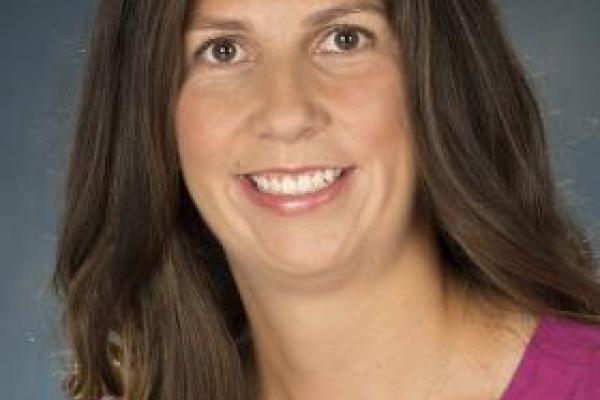
The Experiences of 3- and 4-Year Old Children in Head Start: Understanding the Role of Classroom Age Composition
There has been a growing recognition of early childhood education as one means of addressing inequality in America. One emerging theme from this literature is that various forms of preschool education and particulary, Head Start, appear to be more beneficial for 3-year olds than 4-year olds. Why this is the case is unclear, but one possibility is the age compositon of classrooms. To address this possiblity, we used data from the Family and Child Experiences Survey 2009 cohort, a nationally representative sample of first time Head Start attendees. Our primary objective was to examine influence of age composition on the academic and social-behavioral development of 3- and 4-year old children in the Head Start program. Results from this effort revealed that 4-year olds who were enrolled in classrooms with a greater number of 3-year olds experience reduced gains in academic achievement across the school year. In contrast, classroom age composition did not have any implications for the early learning and development of 3-year olds. We also examined how attributes of the classroom (e.g. instructional quality; emotional climate of the classroom) and the teacher (e.g. education and experience) moderate the overall associations of classroom age composition and children's early learning.
